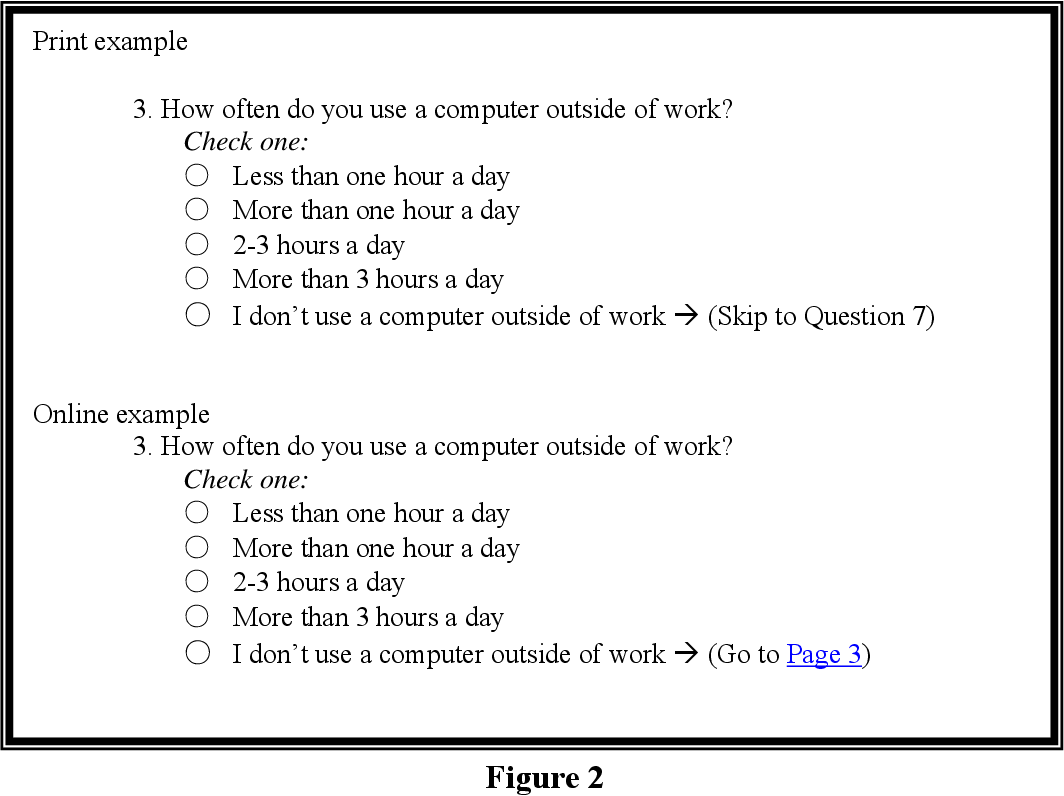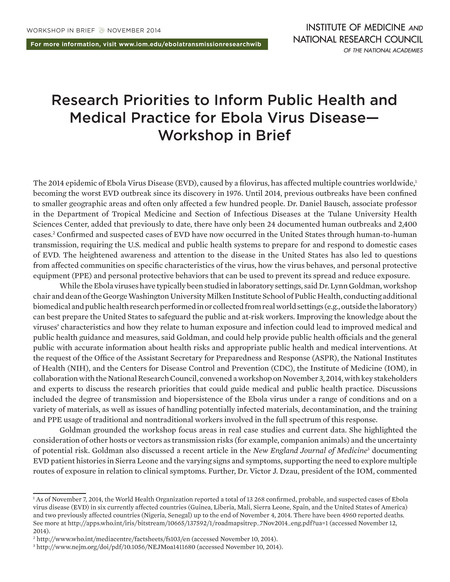The purpose of a survey paper is to present an organized overview of a field. While it is not necessary to cite every paper in the field, citing a substantial number of papers is recommended. Good survey papers take a lot of work, so a familiarity with many papers is essential. This way, the reader can be assured that they are receiving a sane perspective. The following article discusses several ways to create ambiguity in your survey.
Creating ambiguity in your survey
When designing your survey questions, it’s important to ensure that your questions measure public experiences or opinions. This means they must not be too ambiguous or biased. To avoid this, you should focus on writing good survey questions that are easy to understand and interpret. Listed below are some common mistakes to avoid when designing survey questions. If you’re confused about which survey questions to use, consider reviewing the following examples.
Using multiple choice questions
Multiple choice questions are one of the most common types of survey questions. They allow respondents to select the most appropriate answer out of several options. This format produces clean data. These questions are especially useful for gathering demographic data and consumer priorities. There are some advantages to using multiple choice questions, and this article will explain the advantages and disadvantages of this type of question. To write a good survey paper, use multiple choice questions that are easy to answer.
You can use multiple choice questions for many different purposes. Multiple choice questions are particularly useful in testing or measuring awareness, since they provide respondents with a choice of possible answers. For example, a new mobile phone brand may want to conduct a brand awareness survey before launching the device, to compare how well the product is known versus larger brands. If the survey is meant to help the public find out more about a specific brand, you can use multiple choice questions to find out which one is the best match for the product.
Using a funnel technique
One of the best survey paper writing techniques involves using a funnel technique. This technique involves asking a question in a general way, then narrowing the scope to the specifics and bringing the audience into the process of answering it. It helps the person being questioned gain self-confidence by focusing the audience and drawing them deeper into the questioning process. It can be used with both open and closed questions.
Once you have your questions written, group them logically. A survey paper should unfold in a logical sequence. The first question should be easy for respondents to answer, and the questionnaire should not overwhelm them with too many details. It should also avoid using demographic questions near the beginning to determine whether the respondents are eligible for the survey, or to route them through the different sections. Once this is done, the questionnaire will look much better.
Choosing representative papers for a survey
Choosing representative papers is important when assessing the quality of your survey data. A low response rate is a sign of low quality survey data. It is difficult to control the level of response when conducting a survey by telephone, face-to-face, or post. To improve your response rate, research related fields and seek information from practitioners and researchers in the field. Using techniques to increase respondents’ creativity is also recommended.
Choosing representative papers for a survey will enable you to collect reliable data from a representative subset of your target population. Although you don’t need to reach the entire population, it is essential to get an accurate representation of the target market. This is accomplished by selecting papers that have similar demographics and characteristics as the target population. By ensuring that the sample is representative of the target population, you will be able to obtain more credible results and avoid high survey costs.




